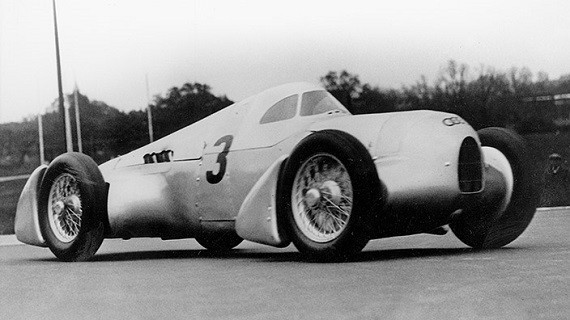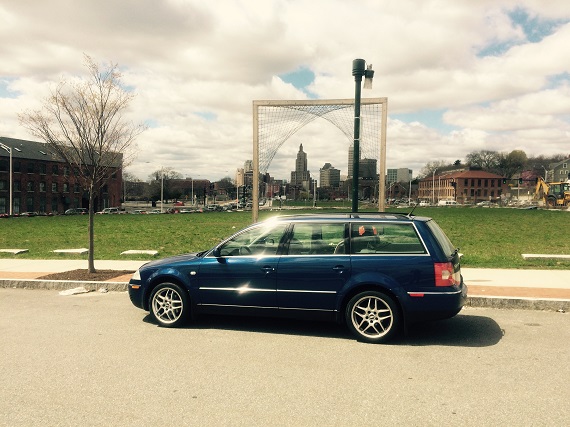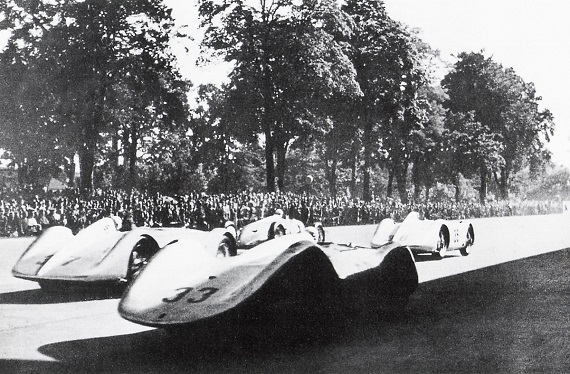It’s been nearly a year since I did the introductory piece to my 2002 Volkswagen Passat GLS 1.8T Variant. Too much of that year was filled with snow in New England, which allowed me to get one more season out of my pretty tired Blizzaks and dream of warmer climates while pondering what to do. One thing that kept coming to mind was that even though the Passat still feels relatively new to me, the reality is that it’s a 13 year old car already. That’s older than both of my B2 Audis were when I originally bought them – something that I still find pretty staggering. As such, there’s a length list of minor things that could be refreshed on the cars, and unlike the lack of aftermarket support for the Type 85 Audis the Passat still has lots of parts available to buy on the open market. Thus, sitting through one of the many snowfalls this year, I crafted some minor upgrade plans to address a few trim items that annoyed me.
3 CommentsWarning!
We have 15 years of archives. Links older than a year may have been updated to point to similar cars available to bid on eBay.Category: Editorial

Start of the 1939 German Grand Prix with Auto Union Type D and Mercedes-Benz W154 M163s – their last meeting in the nation of their birth
Yesterday saw an interesting comparison in racing; in F1, Mercedes-Benz once again dominated the field with seeming ease, dictating the pace and watching the strategy of its competitors from Maranello. While truth told my focus remained squarely on the Formula 1 race, there were several other popular race series running concurrently; both wildly popular Moto GP and World Endurance Championship races were contested as well. Notably, Audi won the WEC Silverstone 6-hour contest, continuing its quite remarkable run in endurance series amidst rumors that they could be heading to Formula 1. The question posed by me in my conclusion to the investigation of the Silver Arrows period is simply if the racing was necessary? There were other options in terms of racing for both companies to explore, and indeed they could also have taken the Opel strategy in no racing at all. Did the companies choose the right route?
I’d like to take this opportunity to thank our readers for the positive feedback to this feature. It’s been wonderful for me to revisit this research and have the enthusiast community enjoy it. I’d also like to thank Dan and Paul at GCFSB for not only affording me the opportunity to put this research up, but indeed for encouraging me to do so. Though they’re not likely to be paying attention I’d like to thank the Saxony State Archives in Chemnitz and the staff at the Mercedes-Benz factory archives, both of which were very welcoming and accommodating during my time there. Lastly, I’d like to thank my family who has been both encouraging and patient while I’ve spent countless hours working on this site. Without further ado, please enjoy the conclusion!
CONCLUSIONS : WAS RACING NECESSARY?

A 1936 Auto Union Type C sits below a similarly streamlined Junkers JU-86 at an exposition
As we saw in the last few installments, Daimler-Benz and Auto Union had heavily engaged in racing – a massive investment for both, pushing the boundaries of existing technology and redefining how motor racing was to be undertaken. The question in today’s installment was who this methodical approach to racing benefited the most. Was the government’s investment in racing worthwhile? Was Auto Union’s gamble on building an unconventional race car a success? Were the extremes to which Daimler-Benz was willing to stretch its racing budget realized in results over the competition? Today we look at some of the more pragmatic reasons behind the motivations of both companies and some of the ideology behind government which helps explain the involvement of both.
Link To Part 4
FIVE: FOR COMPANIES, GOVERNMENT, COUNTRY?
What can be said about the Renault 5 that hasn’t already been said? The R5 was a pioneering design, a monumental testament to the power of the French automobile industry. So confident were French engineers in the inherent superiority of their design that when it came to marketing the car in the United States, they simply called the R5 “Le Car”. Why else would any consumers buy anything else? This was, after all “THE CAR” – the only one you’d ever need. Notably, Ferrari has recently attempted to mimic the success of this marketing ploy with its new eco-friendly hybrid car, though it’s doubtful the Ferrari “The Ferrari” will ever be as memorable as the Renault “The Car”. The hot French hatch was an instant hit amongst U.S. consumers, who didn’t require such decadence as luxury, build quality, fuel economy, or performance in their cars. Sure, the GTi had more power and better handling. But looks? No, Marcello Gandini famously said “I have penned cars such as the Countach, Miura and Stratos, but I refer to the second generation refresh of the Renault 5 as my masterpiece”. And Renault made sure that this was a constantly evolving design by once again being a market leader and providing no rust proofing, ensuring that these cars would be on a steady weight-loss program. Okay, so truth told Renault did offer a performance version in the R5 Turbo. It was the worst car ever made, period. Where were you supposed to carry your baguettes, after all, since they mounted the motor in the back where your groceries and your guppies would be placed? No, smart consumers saw right through that ploy and bought what was a better and smarter long term value in the normal model.
Since it was really only a discerning few who saw through the market hype of the plethora of reliable and good performing Japanese and German automobile options in the 1980s to find the true diamond in the Renault, very few remain available today. However, luckily this pristine example has been imported. Smartly, the seller has not only left the engine configuration up to the next owner, but also which side the steering wheel will end up on. Even more amazing is that you can decided which year this car should be. Should it be 1987 or 1978? Either way, this pioneering design is a rare opportunity to own what virtually all automobile enthusiasts consider the definitive hot hatch:
CLICK FOR DETAILS: 1987 Renault 5 on eBay
5 Comments
A 1935 Auto Union Type B Streamliner used for both records and the annual Avus race in Berlin
This past weekend weekend we saw a bit of hubris and bad strategy lead to Mercedes-Benz losing to Ferrari in the Malaysian Grand Prix. Despite the massive investment and seemingly pedantic attention to detail, the same problems existed in the 1930s for the company. Increasingly Mercedes-Benz needed to differentiate itself from Auto Union by undertaking extreme efforts. These efforts were not always profitable; indeed, one could argue that – as we saw last week – since they were already having difficulty delivering cars thanks to raw material shortages, undertaking new forms of racing and record-breaking might have seemed ill-conceived for the company. However, still at stake was preferential treatment from the government, especially when it came to lucrative military contracts. As such, Mercedes-Benz undertook some unlikely projects to not only gain international prestige for the Daimler-Benz model range, but indeed to curry favor with the government.
FOUR : PUSHING THE LIMITS – THE GOVERNMENT GOES RACING





